Reino Unido/Diciembre de 2016/Fuente: The Guardian
Escuelas independientes en Inglaterra quieren ofrecer 10.000 plazas gratis al año a los niños que de una u otra manera asistirían a escuelas estatales, bajo un plan que requeriría decenas de millones de libras en subsidios del gobierno. El Consejo de Escuelas Independientes, que representa a 1.200 escuelas privadas, dice que podría proporcionar 10.000 lugares a prueba de recursos si el gobierno paga un subsidio anual de £ 5,500 por cada alumno – una cifra similar al financiamiento por alumno que reciben actualmente las escuelas estatales. Si la oferta se aceptaba por completo, costaría 50 millones de libras al año en subsidios de los contribuyentes, aumentando a 250 millones de libras cada año después de cinco años. La medida se acercaría a recrear el programa de asistencias – iniciado bajo Margaret Thatcher en 1980 y abolido por el primer gobierno de Tony Blair en 1997 – que pagó por lugares en escuelas privadas para niños cuyas familias no podían pagar los honorarios.
Independent schools in England want to offer 10,000 free places a year to children who would otherwise attend state schools, under a plan that would require tens of millions of pounds in government subsidies.
The Independent Schools Council, representing 1,200 private schools, says it could provide 10,000 means-tested places if the government pays an annual subsidy of £5,500 for each pupil – a figure similar to the per pupil funding state schools currently receive.
If the offer was fully taken up it would cost £50m a year in taxpayers’ subsidies, rising to £250m each year after five years.
The move would come close to recreating the assisted places scheme – begun under Margaret Thatcher in 1980 and abolished by Tony Blair’s first government in 1997 – which gave paid for places at private schools for children whose families were unable to afford the fees.
Patrick Derham, the headmaster of Westminster school in London, said the ISC scheme offered “real social mobility”.
“This scheme, like so many in our schools, is not about choosing the brightest pupils but about providing genuine transformational opportunities for those who need them most,” Derham said.
“We all want all young people to flourish and to be authors of their own life stories.”
The plan is in the response from private schools to the government’s recent green paper on expanding the number of grammar schools, which threatens to strip charitable status from private schools that fail to help run or assist state schools.
Barnaby Lenon, the former Harrow headmaster who chairs the ISC, said the group first made the proposal to education secretary long before the green paper was published.
“It’s really got nothing to do with charitable status,” Lenon said.
The ISC said the plan would target children from families with lower income, and that the 10,000 places would be available across age groups and schools and awarded using “a range of assessment criteria”.
Lenon said the plan was fiscally neutral, since it would transfer funds the government would have spent on the pupil’s education in the state sector.
The proposal was dismissed by the National Union of Teachers. “A system in which public funds are used to support the admittance of a small proportion of pupils from low income backgrounds into private schools is a dangerous step towards a voucher system for education,” said Rosamund McNeil, the NUT’s head of education.
Day school fees at independent schools in England average about £13,000 a year, although that figure can rise to £18,000 around London.
The 1,200 ISC primary and secondary schools say they currently award 40,000 means-tested bursaries worth £350m a year, but only 5,500 cover the full cost of fees.
Under the proposals, independent schools would also group together to co-sponsor new state-funded schools in one or more of the six educational “cold spots” in England identified by the Department for Education (DfE).
A DfE spokesperson said: “We welcome contributions to the consultation and will respond in due course.”
Labour politicians derided the move as resuscitating a failed policy, with the assisted places scheme largely dominated by middle-class children, and costing an estimated £800m while it was running.
Lucy Powell, the former shadow education secretary, said many private schools were unable to effectively manage state schools, with a half of state schools in formal partnerships classed as inadequate or requiring improvement by Ofsted.
“There are thousands of excellent state schools that are turning around failing schools. Ministers should look to these rather than fixating on independent and grammar schools as the silver bullets to school improvement. They are clearly not,” Powell said.
“It’s time for ministers to drop their gimmicks and focus on what really matters: enough excellent teachers in the classroom and proper resources for schools, things they are singularly failing to deliver.”
The Ofsted chief inspector, Michael Wilshaw, criticised the ISC’s proposal as not going far enough. “I think they can do better than that and if I was government I would be asking them to do more as a quid pro quo for their tax privileges,” he told BBC Radio 4.
The ISC countered that the move would be the equivalent of building 10 new state secondary schools, and represented a considerable saving for the government.
Independent schools have collaborated in opening new state schools, including a high-performing sixth form college, the London Academy of Excellence, in the borough of Newham.
The ISC offer comes as the government faces criticism over its efforts to open more selective state schools.
Research published by the Sutton Trust found pupils from white working-class backgrounds – the “just about managing” group not eligible for free school meals – were far less likely to win grammar school places than those from wealthier backgrounds.
“There is a strong indication that families on below-average earnings are not being helped by the current grammar school system,” the trust said.
The research showed that black children were also less likely to get places in grammar schools. “Today’s research raises concerns about the government’s plans to use new grammars as a vehicle for social mobility,” said the Sutton Trust’s chairman, Peter Lampl.
Fuente: https://www.theguardian.com/education/2016/dec/09/private-schools-in-england-propose-10000-free-places
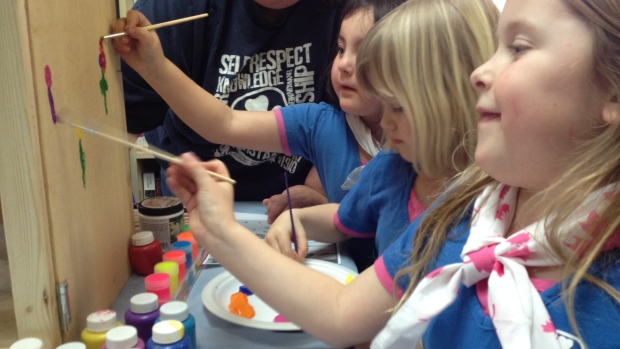
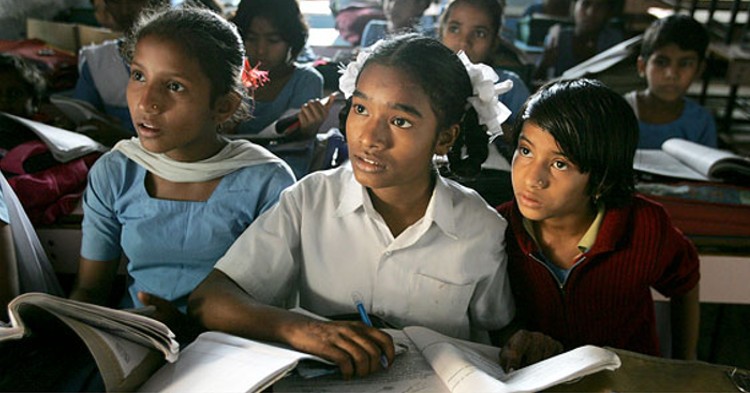
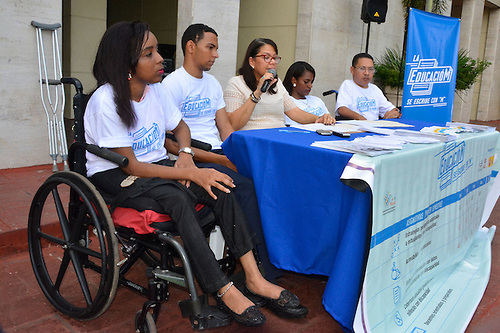
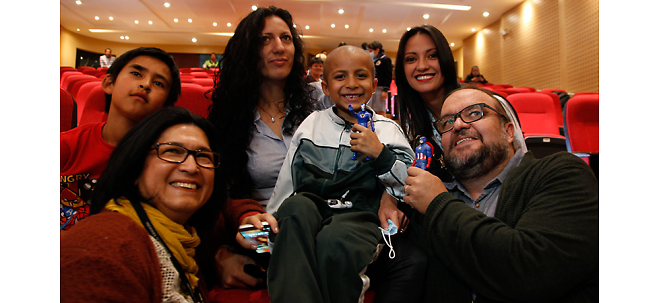
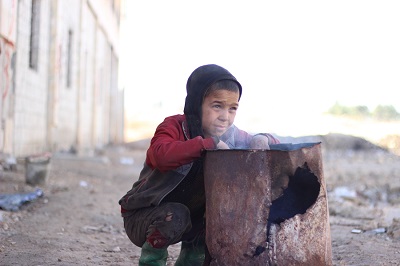
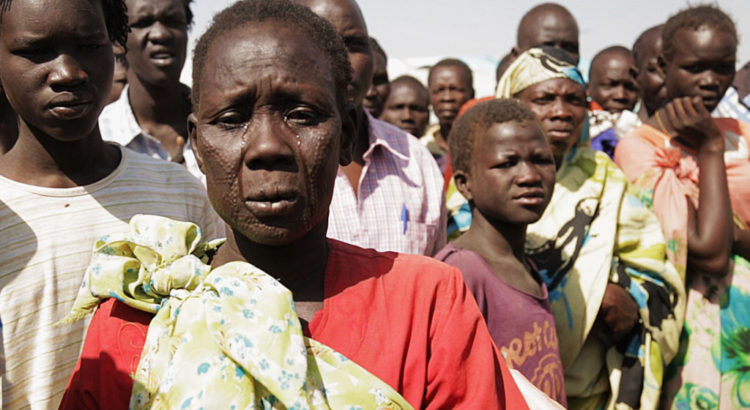
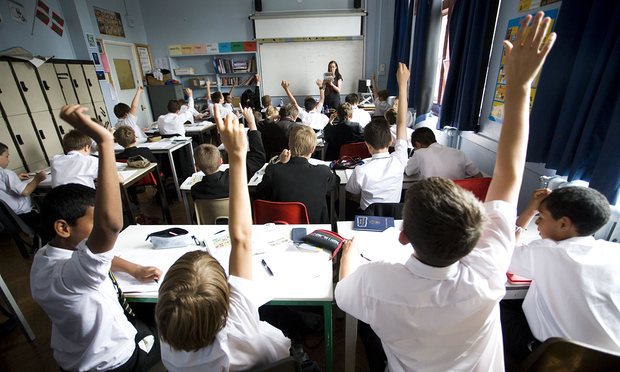






 Users Today : 8
Users Today : 8 Total Users : 35460669
Total Users : 35460669 Views Today : 19
Views Today : 19 Total views : 3419764
Total views : 3419764